I'm building a claims database with the above schema so far. Three three-part key on tblPatient is to uniquely identify individual's claim for a certain problemX. The same patientID can appear in tblPatient as long as the admission/discharge dates are different.
This database is also concerned (not pictured) with claims that are NOT associated with problemX. These claims will be identified with another three-part key of patientID, claimsFromDate,claimsThroughDate. So, tblPatient.admissionDate and tblPatient.DischargeDate will not have to be equal to claimsFromDate and claimsThroughDate and if they are equal it's happenstance.
Since tblPatient.patientID is repeated more than once (for those that have more than one visit), I cannot simply copy it to another table without breaking unique constraints for a primary key. I need to be able to relate patientID with the rest of the claims. Do I need to redesign my tblPatient to only have one field as a primary key, or include the already-existing three-part key and just roll with it?